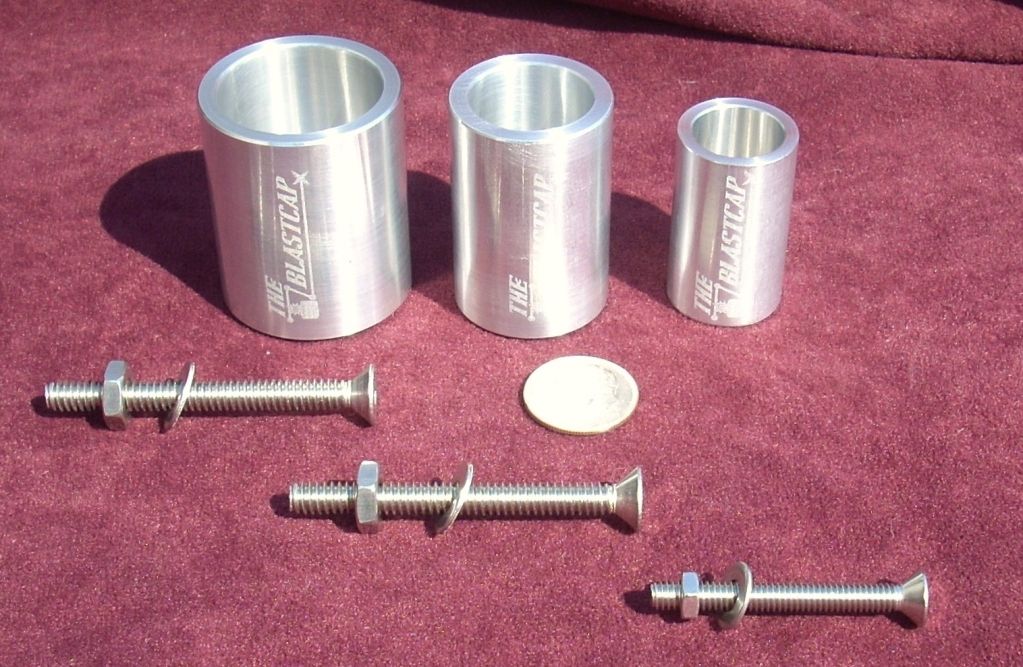I've used Blastcaps, large-caliber brass, pipe fittings, surgical tubing, glove tips, and masking tape envelopes. Each has advantages, disadvantages. I imagine the Pratt containers have good and bad about them, too.
Blastcaps: size appropriately. Getting too large a size tends to you having a film of powder rather than a small pile into which you insert your ignition source. I like having the head of the igniter completely covered; just makes me feel better. They do work well, and wipe back to shiny with ease. You commit these to a single av-bay, though. Directional --the charge is going to go out the open end, and you can get excellent powder containment with dog barf and masking tape.
Brass/pipe fittings. As Blastcaps, size appropriately. Passing familiarity with the caliber and loading volume is recommended if using brass; may run you cheaper than the Blastcap, however, even once-fired brass may have weak spots/cracks. Also, depriming may require special equipment (particularly with military primers which are crimped in, or that oddball European bit with two flash holes (Berdan? I forget)). Rigged/fabricated parts such as these may be less reliable to mount to av-bay lid, and more prone to failure. These are also committed to a single av-bay. Multiple replacements may lead to loss of bulkhead integrity and permit leaks from chute compartment into av-bay. Directional, as the Blastcap.
Surgical Tubing: can be pricey, depending upon source, and how it is packaged (a length of X feet) tends to lead to waste. It does have an advantage where you can pre-manufacture multiple charges and store them. I achieved better results wrapping these in tape than I did leaving them bare, however, I didn't do a side-by-side comparison study. Unlike the above methods, these are more omnidirectional when they are fired. Is that good/ bad? Debatable, surely, but should be mentioned. Would not use with Tender Descenders or cable cutters.
Glove Fingertips: cheap (for me), and it's possible to get good containment, particularly when taped. However, these do not, in my experience, store well, and I've had issues with leaking powder. As with surgical tubing, omnidirectional burst. Best results with small (1-2g) charges... and can often be stuffed inside a Blastcap or other mounted directional container, which, usually, is not possible with the surgical tubing (as the tubing tends to be a bit longer). Outside of a container, would not use with Tender Descenders or cable cutters.
Tape Envelope: cheap, easy. Containment takes practice, but you can get it pretty good. Best for small charges. Good technique is required to minimize chances of leaking --at corners as well as at igniter insertion point. Omnidirectional, however, like the glove, can often be stuffed into a mounted directional container. Unlike the glove, user dictates the size/shape of charge. Outside of a container, would not use with Tender Descenders or cable cutters.
Merely my observations...
Later!
--Coop






 event.:wink:
event.:wink: